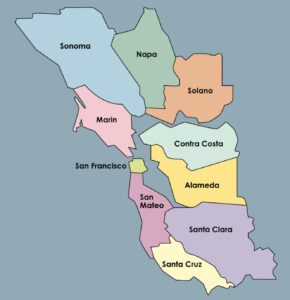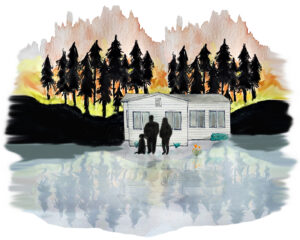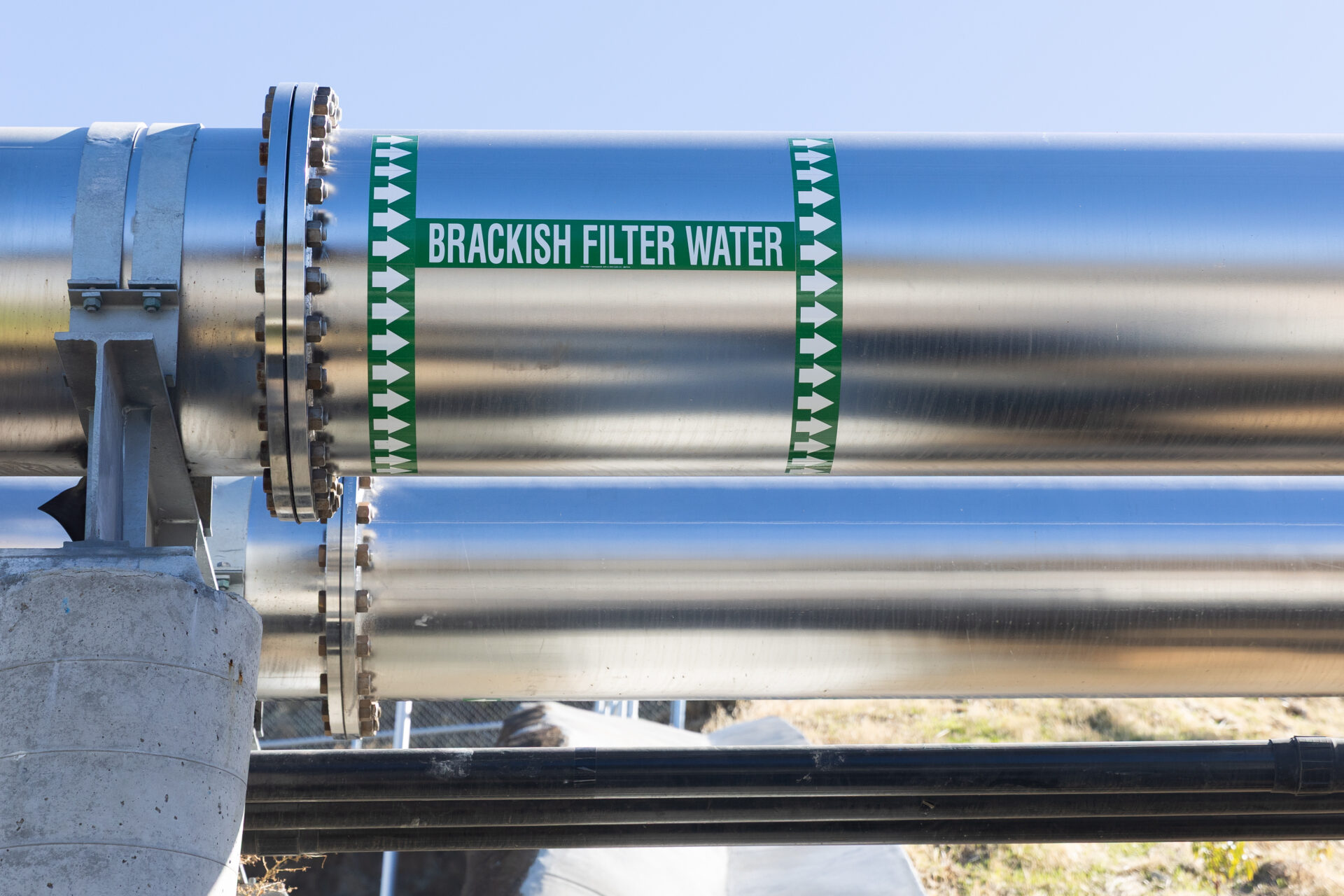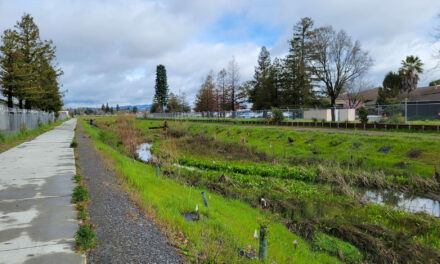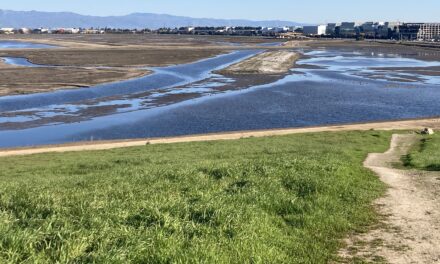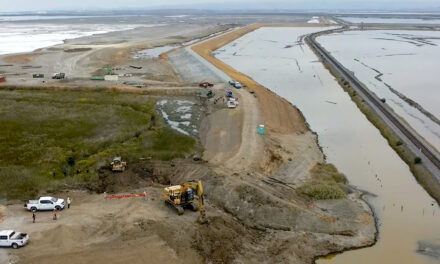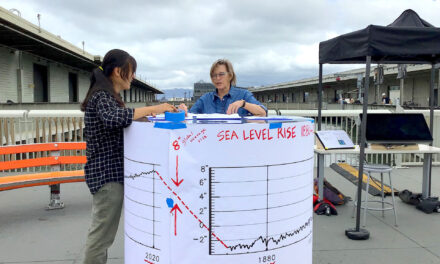Antioch Desalination Plant Could Boost Local Water Supply
In September, a long-anticipated, multimillion-dollar desalination plant began treating water from the Sacramento-San Joaquin River Delta to cover nearly half the water needs of the City of Antioch.
The plant is one of at least 37 desalination facilities in operation in California as the state works to diversify its water supply, which could shrink by 10% in the next 15 years, according to officials (science suggests more multi-year droughts and reduced snowpack on the horizon due to global warming).
The $120 million plant, only the second in the Bay Area and the first in the Delta, desalinates brackish water, a mixture of salt and fresh water that usually occurs where rivers flow into the ocean. The process is widely considered a cheaper, more energy-efficient way to produce drinking water than ocean desalination, which is more controversial due to its environmental impacts.

Pipe and pressure valves move brackish water through a reverse osmosis process that removes salt. Photo: Magali Gauthier
But the ecological consequences of brackish desalination, particularly on the Delta, remain uncertain. And experts agree that in anticipation of more intense climate change-fueled droughts, desalination alone can’t be the only solution to boosting the state’s water supply.
“I tend to adopt the view that we always want to be ahead of the curve in technology, because we just never know what future needs will be,” says David Feldman, director of Water UCI, a research center focused on water policy.
California water officials agree. In 2022, the state released a plan outlining more efficient water use and the need to increase water storage, recycling, and desalination — particularly of brackish water. There are at least 23 brackish desalination plants in the state, with an additional dozen expected to be up and running by 2040.
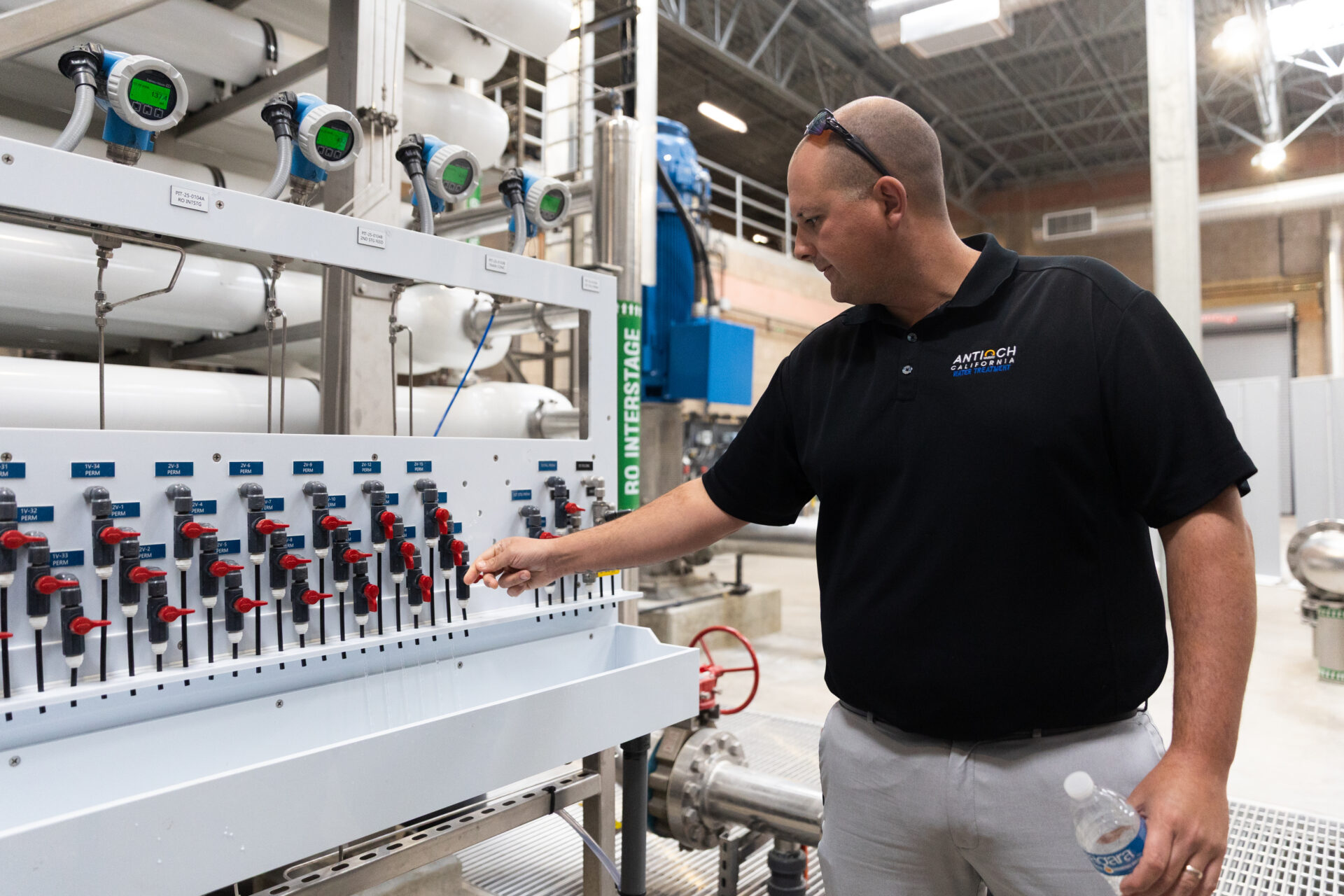
Plant superintendent Marcus Woodland checks pressures. Photo: Magali Gauthier
Desalination, like wastewater recycling, uses a process called reverse osmosis. Water is forced through a semi-permeable membrane that filters out salts and other compounds. It requires tremendous energy and pressure — around 500 pounds per square inch. That’s about 10 times greater than the water pressure coming out of an average shower head.
Feldman says reverse osmosis technology has become a more energy-efficient option in recent years, especially at small-scale operations like at Antioch. The new brackish desalination system was added to the city’s existing water treatment plant.
“Small is beautiful,” Feldman says.
Marcus Woodland, the superintendent of Antioch’s water treatment plant, says that out of the eight million gallons the desalination facility processes daily, 75% is turned into potable water.
In its push for more brackish plants, the state has funded more than 50 projects that are at various stages of planning, design, and construction, including in Fort Bragg, Santa Monica, and Santa Barbara.
Antioch, which received nearly $100 million in state support for its plant, linked the brackish treatment technology to its water treatment facility, which was already processing water from the Delta but couldn’t treat it when it got too salty.
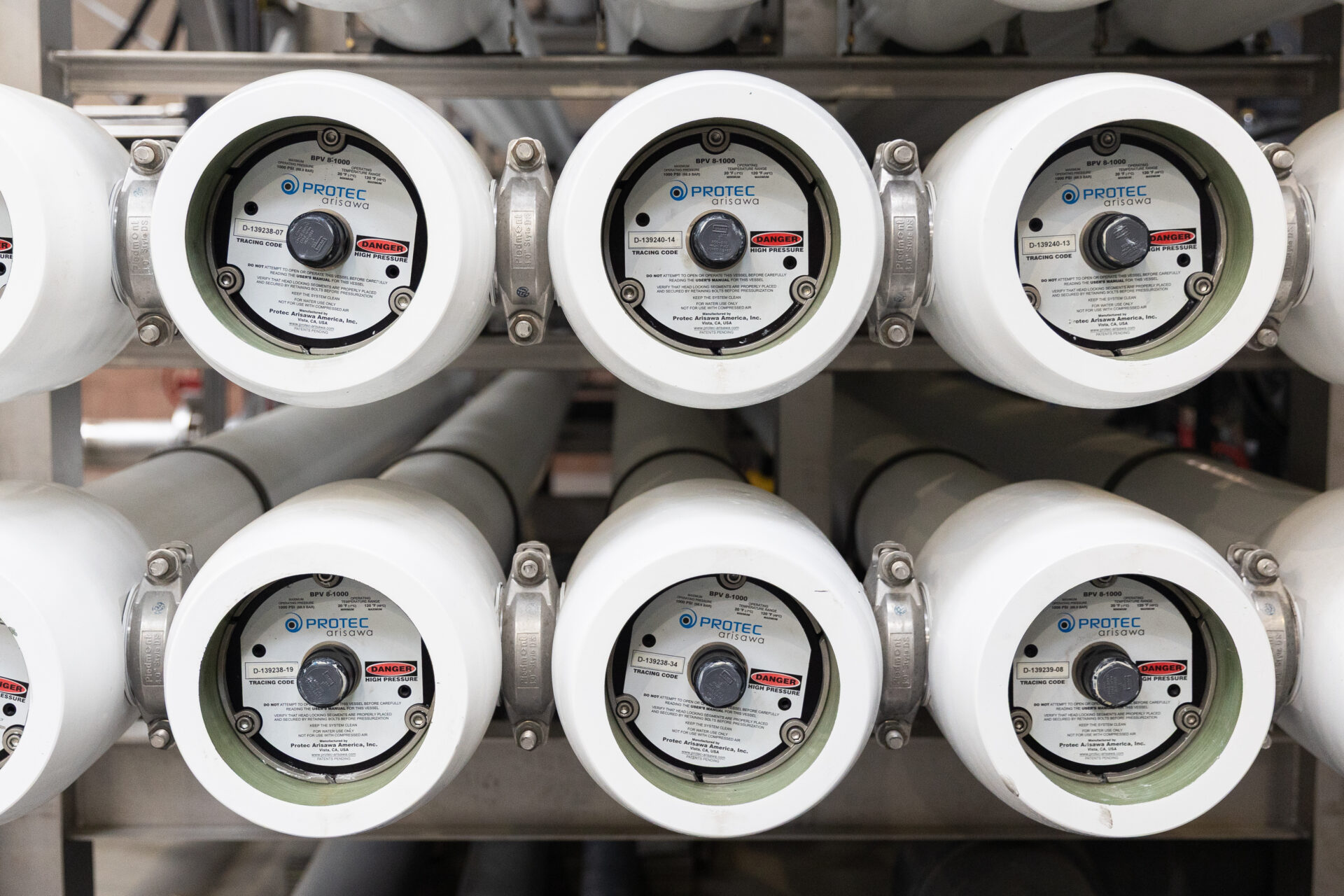
The plant’s reverse osmosis system forces water through a semi-permeable membrane at an extremely high pressure. Photo: Magali Gauthier
The salinity of the Delta is in constant flux depending on rainfall, snowmelt, saltwater intrusion from the Bay into the Delta, and upstream water diversions by municipalities and farms. As a result, Antioch had relied on water purchased from the Contra Costa Water District. But with the desalination plant now producing six million gallons of drinkable water daily, the city won’t need to buy as much.
Environmentalists, however, are uncertain what impact the by-products of the process — a concentrated, salty brine — could have on water quality or local food webs once discharged into the Delta. Since the plant opened, more than two million gallons of brine per day have been piped to the Delta Diablo Wastewater Treatment Plant for further treatment prior to discharge.
“You’re going to get more nutrients concentrated, more heavy metals, maybe even selenium, which is a pollutant of concern in the Delta-San Pablo Bay,” says Ian Wren, a senior staff scientist at the environmental nonprofit San Francisco Baykeeper. Even so, he says that the organization hasn’t opposed the project, in part because the brine from a brackish facility is not as concentrated as that from an ocean desalination plant.
“I think this desal plant could be an indicator of whether there will be adverse consequences,” says Wren.
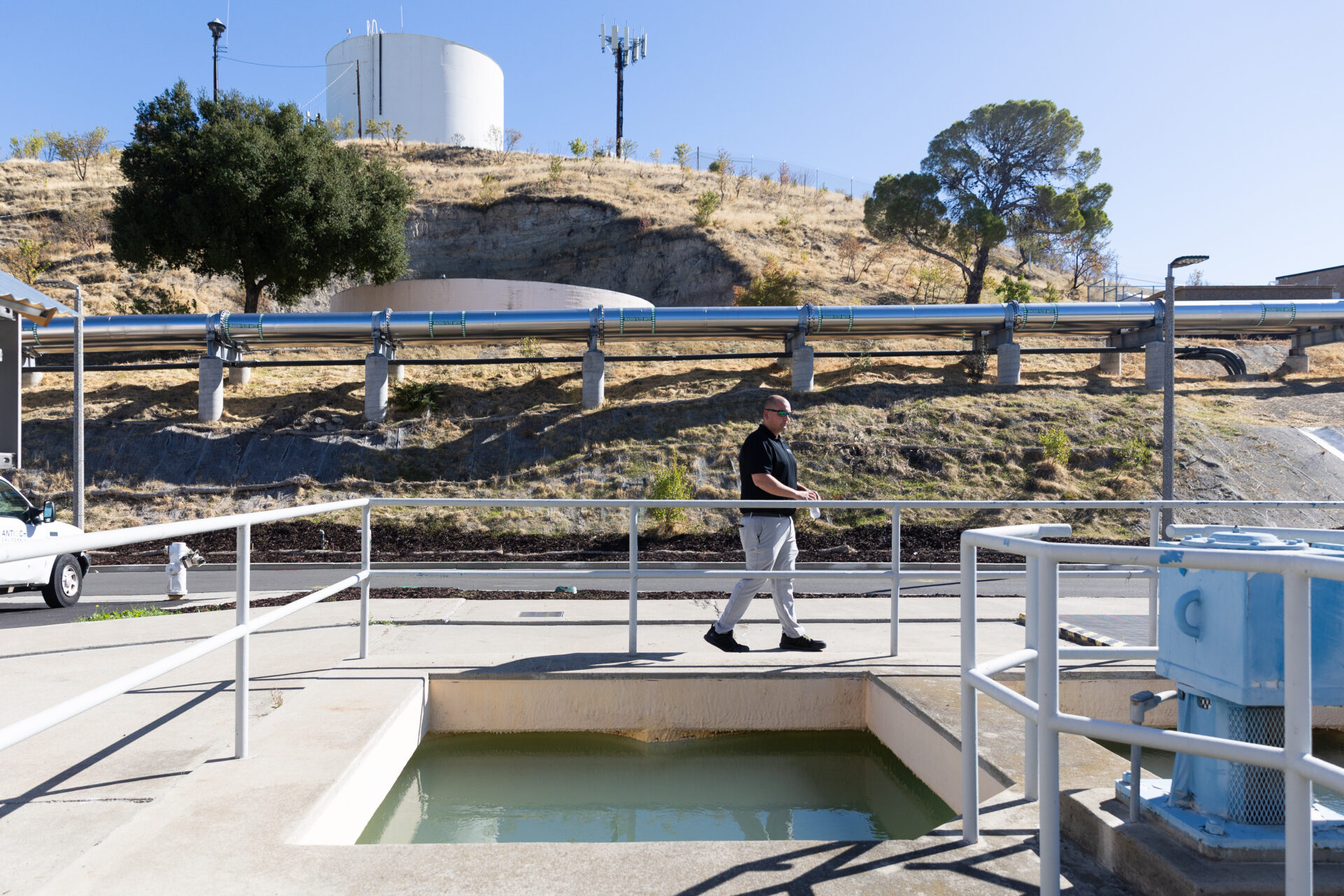
Exterior area of the plant. Photo: Magali Gauthier
Farther south in Santa Clara County, Valley Water is exploring the feasibility of a desalination plant that would treat anywhere from 10 to 40 million gallons of Bay water a day to offset the county’s reliance on imported water. The study is examining possible locations for a treatment facility, how wildlife could be impacted, and responsible brine management, among other issues. The analysis is expected to wrap up this coming spring.
The utility is also seeking to understand how the cost of desalination compares to the expense of converting wastewater from sewage treatment to safe drinking standards, also known as potable reuse. California adopted regulations for turning wastewater into drinking water late last year.
“Potable reuse has some challenges with public perception,” says Kirsten Struve, the assistant officer for the water supply division at Valley Water. “About a third of the public is not that excited about drinking from our wastewater, even though it will be the most highly treated and super safe water that there is.”
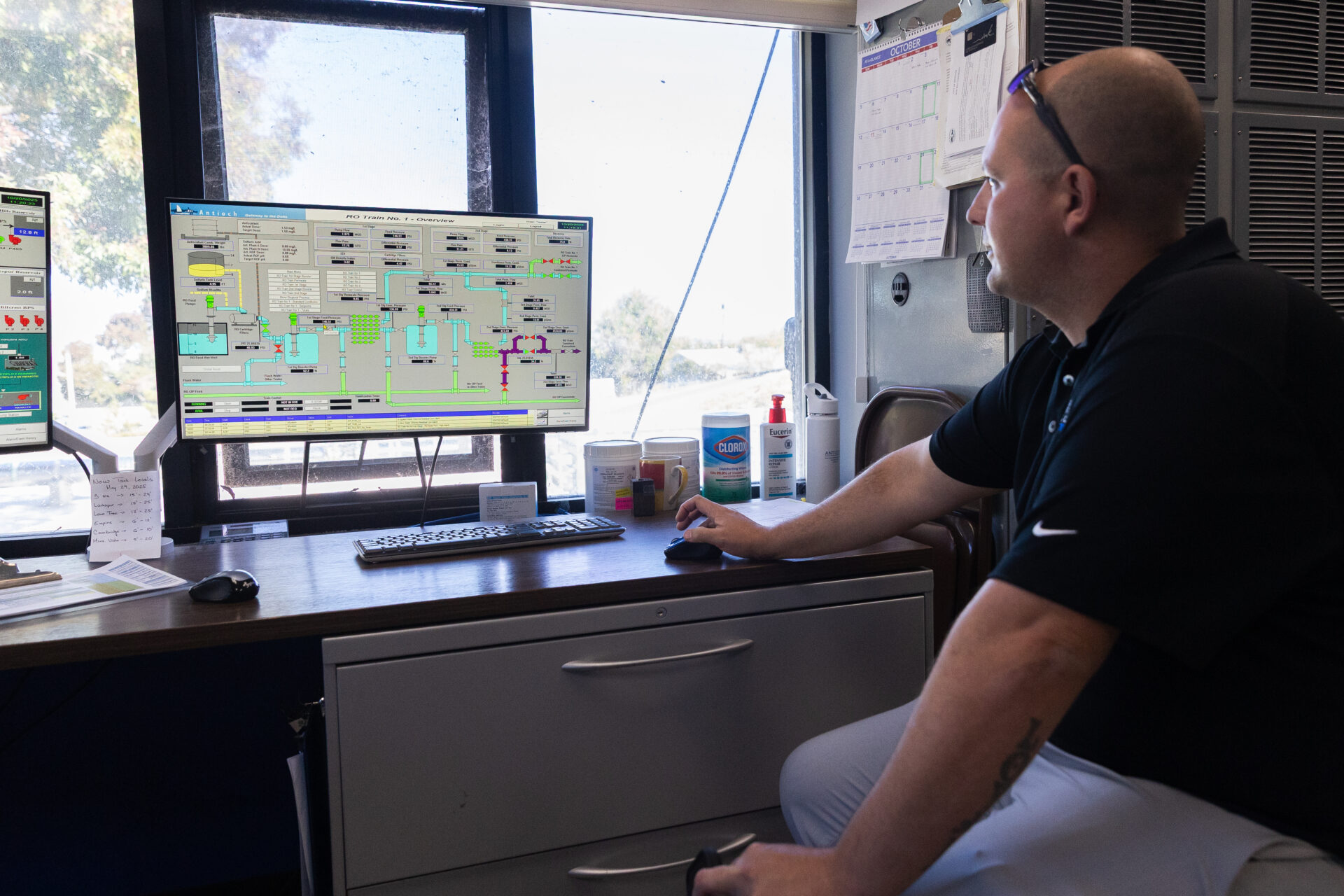
The system on screen. Photo: Magali Gauthier
Struve says that outreach and education could help ease public apprehension.
One benefit to wastewater recycling is that it doesn’t create an additional waste stream like desalination does, says Wren, as it’s already a source of water that needs to be cleaned and discharged.
“We shouldn’t even have the word waste in water,” says Feldman. “It’s all reusable.”
He wants to see more efficient uses of the water we already have available — including potable reuse or even harvesting rainwater.
“I think we’ve probably crossed the threshold where we need to be thinking of water supply issues as really critical to our future, and we cannot assume that what worked in the past will work in the future,” he says. “We can’t simply conserve our way out of water supply problems. We need new sources of water.”

